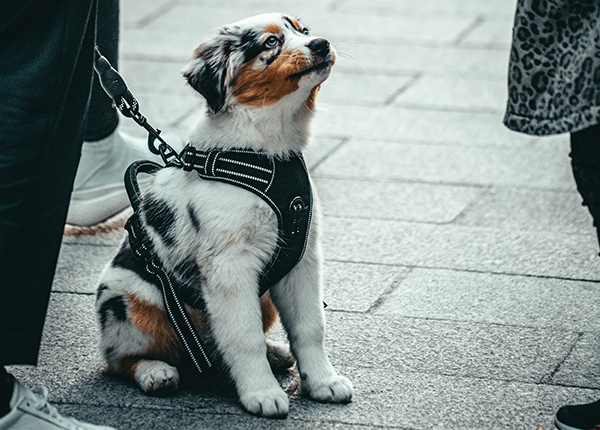Behaviour modification
BEHAVIOUR MODIFICATION IS NOT A QUICK SOLUTION. It’s a long-term treatment, but if the modification methods are correctly executed, they can relieve the dog’s anxiety and fear. To ensure success, it might be a good idea to consult a veterinarian specialising in behavioural medicine before beginning.
REWARDING THE DOG for relaxed behaviour in general has been shown to be effective. Teach the dog to relax on cue using a so called sit / stay / look (SSL) relaxation exercise combined with a lot of treats, and a soft mat to create a quiet, calm, safe place for your dog.
Behaviour modification methods are usually effective when conducted correctly. Remember to stay calm and never punish the dog for showing anxious behaviour. Watch your dog and learn what kind of behaviour calms him.

There are two main methods of behaviour modification, desensitisation and counterconditioning.
In desensitisation, the dog is gradually exposed to the sound he was originally afraid of by using recorded sounds. Start at a low level, low enough for the dog to remain calm. Increase the intensity of the sound very slowly each day. Keep increasing the intensity as long as the dog continues to remain calm. If your dog shows signs of noise anxiety during training, you are probably raising the sound level too quickly. Return to a sound level that did not bother the dog. This method is likely to take several weeks, or even longer.
In counterconditioning, the dog is rewarded with a treat when not reacting fearfully to a sound he was originally afraid of. For example; the dog is exposed to a scary sound in a very low intensity-level. Reward your dog immediately for staying calm. When repeated often enough, the sound will become a predictor for the treat. Counterconditioning usually takes weeks or sometimes months before showing results. The dog should be trained in different settings, and only when the dog is relaxed.
